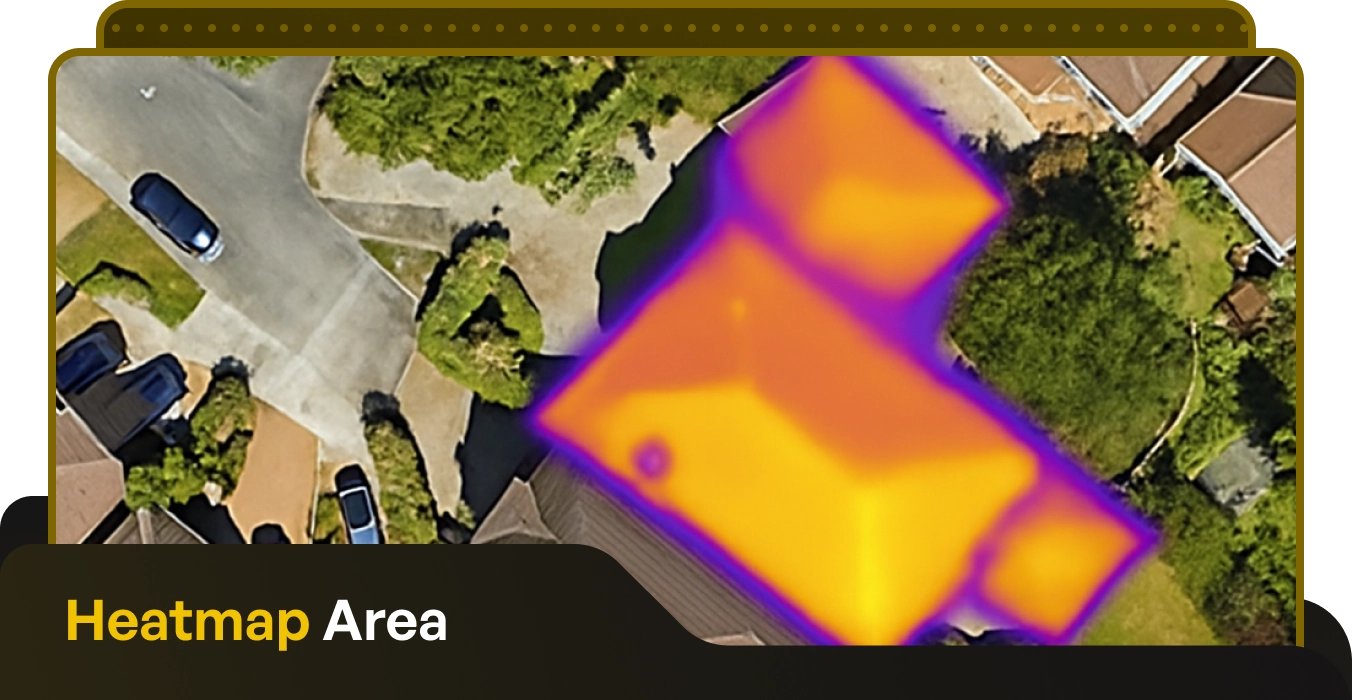Glossary of Solar Battery Terminology

Written by: Briain Kelly
Published: July 18, 2025
Last updated: October 8, 2025
Reading time: 3 mins
If you get a battery storage system installed in your home, you will likely be given a datasheet that comes with a lot of technical terms and numbers.
A lot of this jargon could look completely meaningless and confusing to you, but they are important to understand if you want to know the potential of any battery system.
There are many technical terms within a battery’s datasheet, installation guide, and operating manual which may only be relevant to installers and electricians.
But we have compiled some of the key terms which are the most important to understand for anyone looking to invest in solar battery storage.
Battery Capacity (kWh or Ah)
The battery capacity is the measure of how much power a battery can hold, usually depicted in kilowatt hours (kWh) or ampere-hours (Ah).
For users, kWh can be a simpler way to understand the use you can get from a battery. A 5kWh battery, for instance, could power a 500W appliance for a total of 10 hours.
Battery capacity might be expressed as just that, but a datasheet could also list Nominal or Total Capacity and Usable Capacity separately.
Nominal Capacity is the technical maximum capacity of the battery, while Usable Capacity is the amount of power which can actually be accessed by the user.
Depth of Discharge (%)
The Depth of Discharge (DoD) of a battery is how much of its total capacity should be used at maximum. This is expressed as a (%) figure.
If a battery has an 80% depth of discharge, then it should not be drained below a 20% state of charge.
You can go beyond a battery’s depth of discharge, but this will begin to shorten its lifespan if done repeatedly.
Charge / Discharge Rate
The Charge and Discharge rate, usually called a C-rate, refers to how quickly a battery can be charged or discharged.
A C-rate of 1C means that a battery can be fully charged or discharged in an hour. A rate of 0.5C means that it would take two hours.
Power Rating (W or kW)
This refers to how much power a battery can accept or deliver at once. You may see this appear as Max Charge / Discharge Power or Peak Charge / Discharge Power.
The Max power rating refers to the maximum amount of power the battery can deliver, or accept while charging, on a continuous basis.
So, if you have a battery with a 3,000W/3kW Max Power rating, then it wouldn’t be able to deliver 5kW of power continuously on its own.
Peak power rating refers to the maximum power the battery can handle for a few seconds before it begins to suffer damage.
Cycle Life
The Cycle Life of a battery is a measure of its expected lifespan. A cycle refers to the battery being fully charged and discharged.
A battery may continue working past the end of its cycle life, but its capacity will have degraded such that it could be better to simply replace the battery.
By working out how often you expect to fully cycle the battery and comparing that with its cycle life, you can estimate the lifespan of your battery system.
Battery Type / Cell Technology
This refers to the chemical technology which makes up the battery itself. The most common cell technology in solar batteries now is Lithium Iron Phosphate (LiFePO4 or LFP).
Before this, other Lithium-ion battery types were used, such as Lithium Cobalt Oxide (LiCoO2).
Lithium Iron Phosphate is the gold standard for home battery storage and EV due to its longer lifespan and improved fire safety compared with older technologies.
Number of Modules / Expansion
Many solar battery systems are designed to be able to have multiple battery modules, stacked into a single unit, such as Huawei Luna or Sigenergy SigenStor. Others can have batteries wired together in parallel to the same effect.
This figure lets you know how many battery modules are capable of working together as one storage system.
Cooling
Batteries produce heat while operating, and Cooling refers to the method by which a battery needs to be kept cool.
A larger commercial battery storage system may have active cooling, but on most home solar batteries, you will see ‘Natural Convection’ as the Cooling method.
This means that you need to install your battery in a place with good airflow, not a cramped and hot location. Otherwise, it will overheat and may break.
Ingress Protection Rating / Protection Level
The Ingress Protection Rating indicates the level of protection the battery has against foreign intrusions, such as dust and particulates, or water.
This will be expressed with what letters IP followed by two numbers, such as IP66. The first digit represents its protection against solids, and the second against liquids.
Protection against solids is graded on a scale of 0 – 6, and protection against liquids on a scale of 0 – 9.
Compatible Inverters
Not all solar batteries can be paired with any inverter. Some will only work with their own brand, while others might work with a range of solar inverters.
This will ensure you don’t buy a battery and an inverter which can’t work together.
We hope this makes it easier for you to understand the specifics of how a solar battery operates and helps you to choose if you are considering investing in solar battery storage.
Glossary of Solar Battery Terminology
Published: July 18, 2025
Last updated: October 8, 2025

Written by: Briain Kelly
Reading time: 3mins
If you get a battery storage system installed in your home, you will likely be given a datasheet that comes with a lot of technical terms and numbers.
A lot of this jargon could look completely meaningless and confusing to you, but they are important to understand if you want to know the potential of any battery system.
There are many technical terms within a battery’s datasheet, installation guide, and operating manual which may only be relevant to installers and electricians.
But we have compiled some of the key terms which are the most important to understand for anyone looking to invest in solar battery storage.
Battery Capacity (kWh or Ah)
The battery capacity is the measure of how much power a battery can hold, usually depicted in kilowatt hours (kWh) or ampere-hours (Ah).
For users, kWh can be a simpler way to understand the use you can get from a battery. A 5kWh battery, for instance, could power a 500W appliance for a total of 10 hours.
Battery capacity might be expressed as just that, but a datasheet could also list Nominal or Total Capacity and Usable Capacity separately.
Nominal Capacity is the technical maximum capacity of the battery, while Usable Capacity is the amount of power which can actually be accessed by the user.
Depth of Discharge (%)
The Depth of Discharge (DoD) of a battery is how much of its total capacity should be used at maximum. This is expressed as a (%) figure.
If a battery has an 80% depth of discharge, then it should not be drained below a 20% state of charge.
You can go beyond a battery’s depth of discharge, but this will begin to shorten its lifespan if done repeatedly.
Charge / Discharge Rate
The Charge and Discharge rate, usually called a C-rate, refers to how quickly a battery can be charged or discharged.
A C-rate of 1C means that a battery can be fully charged or discharged in an hour. A rate of 0.5C means that it would take two hours.
Power Rating (W or kW)
This refers to how much power a battery can accept or deliver at once. You may see this appear as Max Charge / Discharge Power or Peak Charge / Discharge Power.
The Max power rating refers to the maximum amount of power the battery can deliver, or accept while charging, on a continuous basis.
So, if you have a battery with a 3,000W/3kW Max Power rating, then it wouldn’t be able to deliver 5kW of power continuously on its own.
Peak power rating refers to the maximum power the battery can handle for a few seconds before it begins to suffer damage.
Cycle Life
The Cycle Life of a battery is a measure of its expected lifespan. A cycle refers to the battery being fully charged and discharged.
A battery may continue working past the end of its cycle life, but its capacity will have degraded such that it could be better to simply replace the battery.
By working out how often you expect to fully cycle the battery and comparing that with its cycle life, you can estimate the lifespan of your battery system.
Battery Type / Cell Technology
This refers to the chemical technology which makes up the battery itself. The most common cell technology in solar batteries now is Lithium Iron Phosphate (LiFePO4 or LFP).
Before this, other Lithium-ion battery types were used, such as Lithium Cobalt Oxide (LiCoO2).
Lithium Iron Phosphate is the gold standard for home battery storage and EV due to its longer lifespan and improved fire safety compared with older technologies.
Number of Modules / Expansion
Many solar battery systems are designed to be able to have multiple battery modules, stacked into a single unit, such as Huawei Luna or Sigenergy SigenStor. Others can have batteries wired together in parallel to the same effect.
This figure lets you know how many battery modules are capable of working together as one storage system.
Cooling
Batteries produce heat while operating, and Cooling refers to the method by which a battery needs to be kept cool.
A larger commercial battery storage system may have active cooling, but on most home solar batteries, you will see ‘Natural Convection’ as the Cooling method.
This means that you need to install your battery in a place with good airflow, not a cramped and hot location. Otherwise, it will overheat and may break.
Ingress Protection Rating / Protection Level
The Ingress Protection Rating indicates the level of protection the battery has against foreign intrusions, such as dust and particulates, or water.
This will be expressed with what letters IP followed by two numbers, such as IP66. The first digit represents its protection against solids, and the second against liquids.
Protection against solids is graded on a scale of 0 – 6, and protection against liquids on a scale of 0 – 9.
Compatible Inverters
Not all solar batteries can be paired with any inverter. Some will only work with their own brand, while others might work with a range of solar inverters.
This will ensure you don’t buy a battery and an inverter which can’t work together.
We hope this makes it easier for you to understand the specifics of how a solar battery operates and helps you to choose if you are considering investing in solar battery storage.
Solar Energy Saves Households Thousands in Electricity Costs
Take our 2-minute questionnaire and find affordable solar options to suit your budget and lifestyle.



